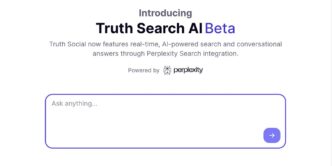Google claims AI is making Search more useful with “quality clicks” going up. The company says people are asking new questions, clicking more, and sticking longer on sites.
But Google’s post offers zero data and vague terms. No clear numbers, no site-specific info, no real way to measure click quality.
Google calls “quality clicks” those where users don’t bounce immediately. This hints users find value at the destination. But Google doesn’t say how much “slightly more” means or which sites benefit.
You can check this yourself using your own analytics.
First, use Google Search Console. Filter top queries over the past year. Check click-through rates before and after May 2024, when AI Overviews expanded.
You might see impressions steady or rising, while CTR falls. That suggests users get direct answers from AI snippets, skipping clicks.
Next, use GA4 engagement metrics to approximate click quality. Look for more engaged sessions, longer average engagement time, scroll depth, and video watch time compared to last year. If those metrics rise, Google’s claim fits your traffic. If they drop, AI Overviews could be sending weaker traffic.
Google also points to a shift towards forums, videos, podcasts, and authentic voices, fueled by Reddit and YouTube integration into AI Overviews. Track changes in listicle, tutorial, and original review traffic too. Video and podcast referrals from Google could be rising.
Traffic isn’t just dropping, it’s redistributing. Some sites gain, some lose, based on how well they match new query types.
Look for fewer visits to quick-answer pages. See if in-depth or comparison pages gain.
Your analytics reveals what’s working—so track CTR, engagement, and content format shifts to adapt your strategy.
Google’s update lacks transparency but gives site owners tools to figure out AI’s real impact on Search traffic.
Roman Samborskyi/Shutterstock














